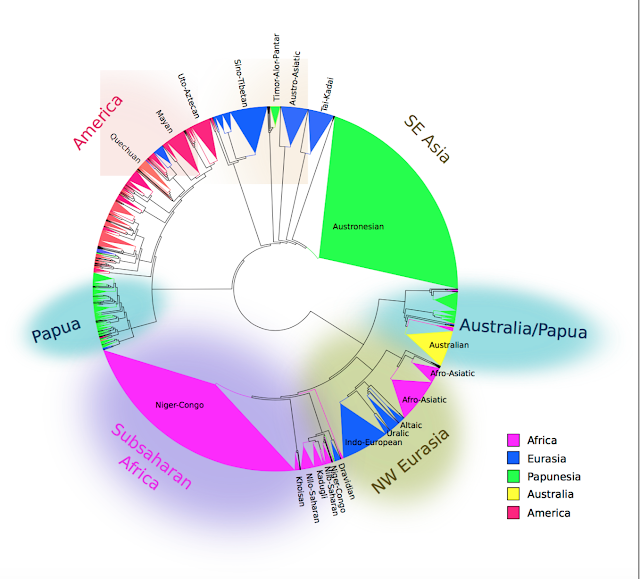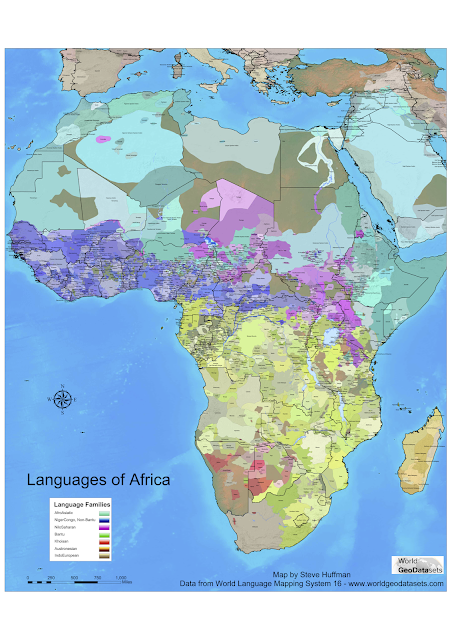Excellent educational video about language history/evolution
The American Museum of Natural History has created a video series about their collections, it's called Shelf Life. In this most recent episode, the 7th, the deal with language history - the trees they form and new methods investigating it that are borrowed from computational biology. They focus particularly on the Uto-Aztecan language family of North America and using very pedagogical illustrations among other things explain edit-distance in trees. This is great, if you're interested in historical/evolutionary linguistics you should tots watch it.
Here below is the actual video, you can also get more material related to the episode here.
I personally am a big fan of museums making their collection of knowledge more accessible to the public, and as a fan of the Brain Scoop and the Field Museum, I was of course particularly delighted that the American Museum of Natural History has decided to create this series, it seems great and I hope you'll like it too!
If you feel like you haven't had enough of nicely illustrated videos on language history/evolution, might I suggest this one from TEDed?
Of course, both of these videos leave important things out (how to deal with contact in a tree-model, what justifies labelling some things as stable, what kind of primary data is actually used, etc), but as introductions I think they do an unusually excellent job!



Comments
Post a Comment